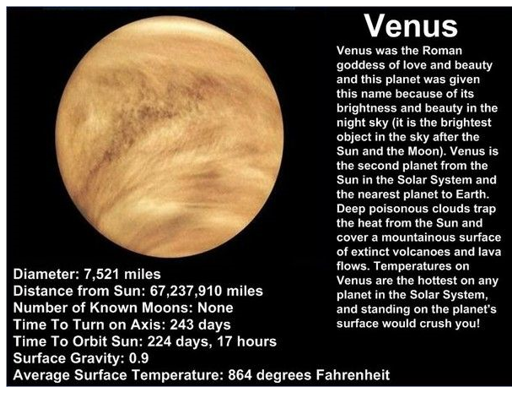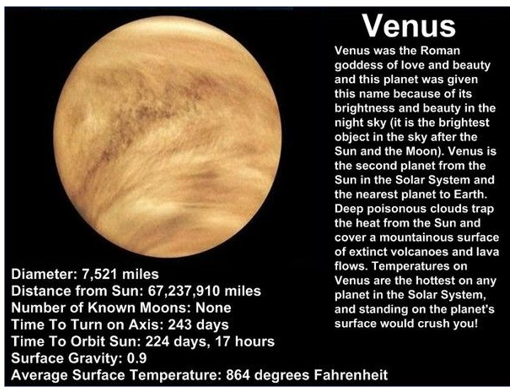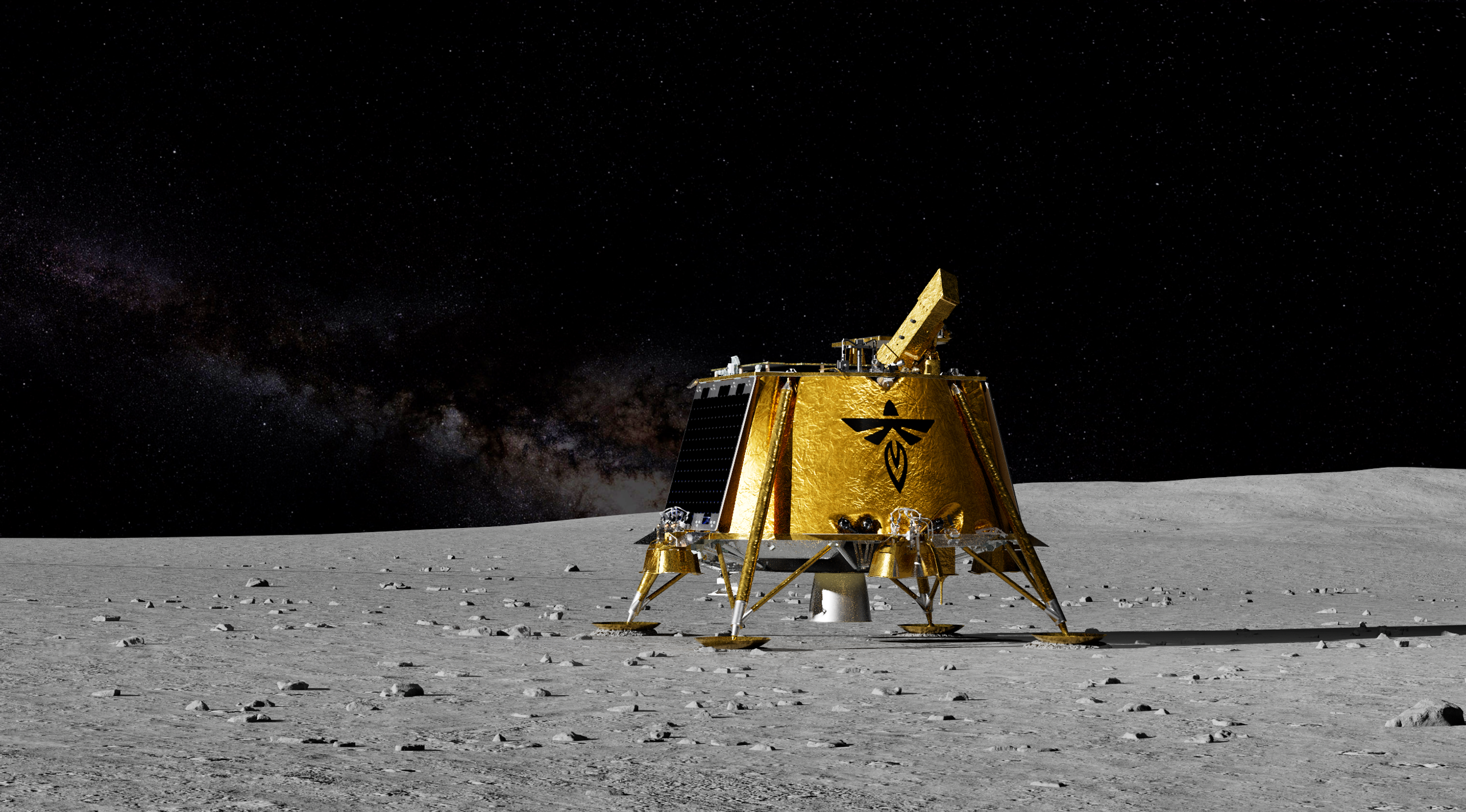- Courses
- GS Full Course 1 Year
- GS Full Course 2 Year
- GS Full Course 3 Year
- GS Full Course Till Selection
- CSAT
- 5 LAYERED ARJUNA Mentorship
- Public Administration Optional
- Online Program
- GS Recorded Course
- NCERT Batch
- Polity Module Course
- Geography Module Course
- Economy Module Course
- AMAC Module Course
- Modern India, Post Independence & World History Module Course
- Environment Module Course
- Governance Module Course
- Science & Tech. Module Course
- International Relations and Internal Security Module Course
- Disaster Management Module Course
- Ethics Module Course
- Essay Module Course
- Current Affairs Module Course
- ABOUT US
- OUR TOPPERS
- TEST SERIES
- FREE STUDY MATERIAL
- VIDEOS
- CONTACT US
NEW EVIDENCE OF PHOSPHINEI CLOUD OF VENUS
NEW EVIDENCE OF PHOSPHINEI CLOUD OF VENUS

Latest Context
Before using the James Clark Maxwell Telescope (JCMT) at Mauna Kea Observatory, Hawaii, Scientists found phosphine at a very deep level in the atmosphere of Venus.
Background: In 2020, scientists found the presence of phosphine gas in the clouds of Venus whose discovery caused much debate and excitement about the presence of life on Venus because phosphine is a molecule connected with biological activity on Earth.
Life on Venus: On Earth, Phosphine is produced as a result of being synthesized by bacteria thriving in environments having extremely low levels of oxygen. According to scientists, though the detection of phosphine may potentially act as a biosignature, but it could also be attributed to other mechanisms which are not completely comprehended currently.
- As per the prevalent perspective, introducing phosphorus-containing rocks into the upper atmosphere, subjecting them to erosion through processes involving water, acid, and other factors, resulting in the formation of phosphine gas.
Phosphine (PH3)
- It is a phosphorus atom consisting of three hydrogen atoms and is highly toxic to people.
- Phosphine can only be made by life whether human or microbe on rocky planets such as Venus and Earth.
- Naturally, it is made by some species of anaerobic bacteria, organisms that live in the oxygen-starved environments of marshlands, landfills, and even animal guts.
- Earth bacteria intake phosphate from minerals or biological material and add hydrogen for producing phosphine.
- It is also produced non-biologically in certain industrial settings.
- It was used as a chemical weapon during World War I.
- It is still manufactured as an agricultural fumigant which is used in the semiconductor industry and is a by-product of meth labs.
Key Facts About Venus 
- It is the closest planet to Earth. Due to this feature, it is also known as Earth's twin.
- By structure it is similar to Earth but slightly smaller than Earth. It is the second planet from the Sun.
- It is wrapped in a thick and toxic atmosphere that contains high heat.
- Surface temperatures of Venus reach a scorching 880 degrees Fahrenheit, hot enough to melt lead. It is the hottest planet in the solar system.
- It is highly dense, with 65 miles of cloud and haze, putting atmospheric pressure more than 90 times what’s felt on Earth’s surface.
- Its atmosphere is primarily suffocating carbon dioxide and sulfuric acid clouds.
Must Check: IAS Coaching Centre In Delhi



